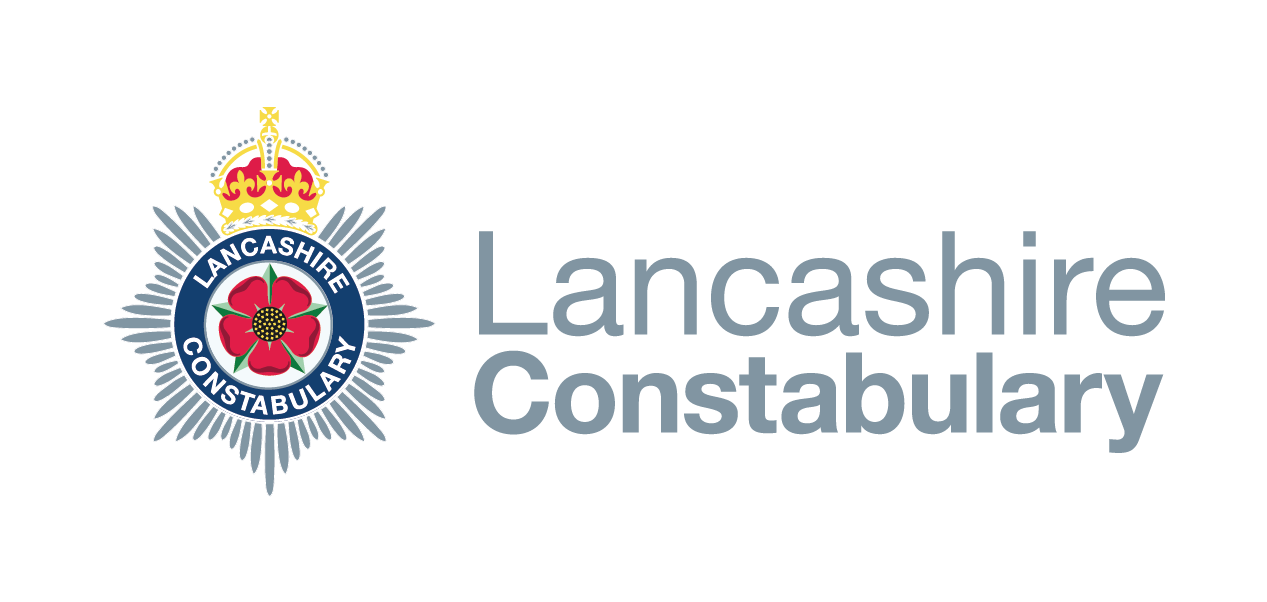What are traps and snares?
Pest and predator control with traps, snares and cages is an essential part of farming and game management, and sometimes appropriate in the conservation of species at risk.
All methods are controlled by law and while most of those practising pest control stay within the law, there are still abuses through ignorance or intent.
Under the Wildlife and Countryside Act there are restrictions in the use of snares and cages for certain species of wild mammals and for which a licence is required.
Snares
Snaring animals is said to be an effective and relatively humane form of pest control. However if set incorrectly can cause unnecessary stress and injury to an animal. Snares which are laid incorrectly can lead to the accidental capture of non-target species; however some individuals set snares incorrectly for this purpose. This is unlawful. The majority of people who set the snares are trained and experienced in doing so and it is unlikely that such accidents will occur. As such it is the responsibility of the person involved in pest control to ensure that the snare is lawful, laid correctly and humanely and is carried out with the respect for other wildlife and countryside users. Snares are frequently used to trap foxes and rabbits, but have also been used to snare rats, grey squirrels and mink.
Snaring is subject to lawful restrictions and under the Wildlife and Countryside Act 1981 it is an offence to set in position any trap or snare which is intended to cause bodily injury to any wild animal or to use a trap or snare for the purpose of killing such a wild animal of those included in Schedule 6 of the 1981 Act. For example badger, otter, red squirrel, hedgehog, pine martin and polecat. These are protected species and the snaring of any protected species is not permitted unless that person has been issued a specific licence under section 16 of the 1981 Act.
Snares must only be set at sites likely to be used by a fox or rabbit. Snares must not be set where there is evidence of regular use by non-target species. Snares must be inspected as soon after sunrise as is practicable, and should again be inspected near dusk. During the summer months snares must be inspected before 0900am, and a further inspection carried out in the evening. Under Section 10 of the Protection of Animals Act 1911 it is an offence to fail to check a snare. Offences under the Animal Welfare Act 2006 in relation to unnecessary suffering may be committed.
Snared foxes must be killed quickly and humanely by a shot at close range from a rifle (.22 rim fire is suitable) or pistol, or shotgun. Air weapons must not be used. The fox must not be released and hunted otherwise offences under the Hunting Act 2004 will be committed. Snared rabbits must be killed in situ and humanely. All non-target species caught by snares must be released unless the animal is so badly injured that it has to be killed on humane grounds.
The 1981 Act states that the use of a 'self-locking' snare is unlawful, a self-locking snare is a wire loop that continues to tighten by a ratchet action as the animal struggles. Free-running snares can be set lawfully. A free-running snare is a wire loop that relaxes when the animal stops pulling.
The Deer Act 1991 makes it an offence to set in position a trap or snare that would cause bodily injury or kill a deer or to use such devices for purpose of taking a deer.
The Department for Environment, Food and Rural Affairs (DEFRA) has issued Codes of Practice on the Use of snares in fox and Rabbit control. The Code of Practice can be viewed at DEFRA's website.
Spring traps
All spring traps must be approved under the Spring Traps Approval Order 1995.
- It is illegal to set spring traps in the open or on top of a post.
- It is illegal to use a gin trap or to possess it for an unlawful purpose.
The Pests Act 1954 makes it is an offence to use a spring trap for the purposes of killing or taking animals in England and Wales other than one approved by an Order of the Secretary of State. The approval of traps is a devolved issue. Traps that are currently approved in England are specified in The Spring Traps Approval Order 1995 (Statutory Instrument 1995 No. 2427) and The Spring Traps Approval (Variation)(England) Order 2007 (Statutory Instrument 2007 No. 2708. Under Section 8, it is an offence, in respect of any animal, to use or permit the use of an unapproved spring trap (e.g. a gin trap which is a form of spring trap with toothed jaws, banned in 1958), an approved trap in unapproved circumstances (e.g. a Fenn trap placed on a pole to catch birds of prey), to sell, offer for sale or possess any spring trap for such an unlawful purpose.
The Order specifies the target species and how each trap must be used, for example set in natural or artificial tunnels or in some cases a rabbit burrow. The tunnel entrance should be restricted to avoid the capture of non-target species. The Order also allows the types of snares equivalent in all relevant respects to those named under the 1995 Order, sometimes referred to as 'clones'.
Certain traps adapted solely for the destruction of rats, mice or other small ground vermin are excluded from this general prohibition. The Small Ground Vermin Order 1958 identified two such trap types. These are spring traps known as break-back traps commonly used for rats, mice and other small ground vermin, and spring traps of the kind commonly used for catching moles in their runs. Leg-hold traps are prohibited within the European Union by Council Regulation (EEC) 3254/91.
The European Union is discussing with Member States implementation of an Agreement on International Humane Trapping Standards. This will set new standards for the approval and use of traps for wildlife management in Europe.
Species listed in Schedules 5 and 6 of the Wildlife and Countryside Act 1981, for which spring traps are approved by naming the species in the Order (e.g. Edible Dormice, Glis glis) or which fall under the term 'small ground vermin', would still need a licence to allow their taking or killing under the Wildlife and Countryside Act 1981. Applications for such licences should be made to Natural England. General and licensing enquiries : Tel 0845 601 4523 (Local rate) or email.
Cage traps (live catchers)
It is lawful under an annual general licence (see Natural England website) for an authorised person to use a cage, Larsen or mammal cage trap to control members of the crow family in certain specified circumstances, great and lesser black-backed gulls, herring gulls, feral pigeons, wood pigeons and collared doves. Ravens, coughs, and sparrows are protected; jays may only be taken in restricted circumstances.
Cage traps come in various sizes, depending on the target species. All are basically a box constructed of wire mesh with one or two open ends. The doors are triggered by a foot plate or hook from which a bait may be suspended.
- Cage traps can be used to take any animal which is not protected e.g. fox.
- Cage traps should be inspected at least once every day and target animals despatched quickly and humanely and the body disposed of responsibly e.g. by incineration or burial.
- Any non-target species must be released unharmed.
When in use, the cage trap must be checked daily and the birds caught must be removed from it and humanely despatched. Protected birds caught inadvertently must be released unharmed. When these traps are not in use, they must be rendered incapable of catching or holding birds.
Larsen traps are a small, portable version of the cage trap. If a decoy bird is used, it must be a crow, jackdaw, rook or magpie, and must have adequate food, shelter and a perch. The decoy must be removed when the trap is not in use.
Mammal cage traps come in various sizes and are used to catch feral cats, foxes, mink or grey squirrels. They are basically of the same design, with bait inside the trap to tempt the animal in, and a non-return door to contain the animal. The animals are caught unharmed. Pest species must be humanely despatched and non-target species released unharmed. Failing to check a trap regularly could be an offence under the Animal Welfare Act 2006.
Under Section 11 of the Wildlife & Countryside Act 1981 if any person uses a decoy, for the purpose of killing or taking any wild animal, any live mammal or bird they shall be guilty of an offence. Under the Wild Mammals (Protection) Act 1996, it is illegal to mutilate, kick, beat, nail, impale, stab, burn, stone, crush, drag, drown or asphyxiate any wild mammal with intent to inflict unnecessary suffering. The Wild Mammals (Protection) Act 1996 does not apply to lawful pest control or humane dispatch of injured mammals. Unlawful use may include trespassing or acting without the consent of the landowner.
Natural England will issue General licences for a range of activities, including the sale, exhibition and possession of protected species, the investigation of crimes, the rehabilitation of injured animals and the control of certain species that are, at times, in conflict with people's interests (e.g. air safety, damage to crops and the conservation of other species). For further information on licences, traps and snares please refer to the Natural England website.
What to do if you find a wild mammal trapped in a snare or cage
Be mindful that it is unlawful to release some wild species, such as mink, that are trapped in a cage or snare. If you are lawfully able to release the wild mammal and it is injured please contact the nearest vet in your area. Most vets will take in wild animals to treat free of charge. A wild mammal will be very frightened and will not understand that you are trying to release it, and so you may suffer bites or severe injuries. As such it is extremely important to exercise caution when releasing a wild mammal and it should normally be carried out by a person who is experienced in dealing with traps and wild mammals.
If you find a snare or trap that you believe to be unlawfully set or if you find that a snare or trap contains a trapped live animal please contact the police by telephone on 101.

